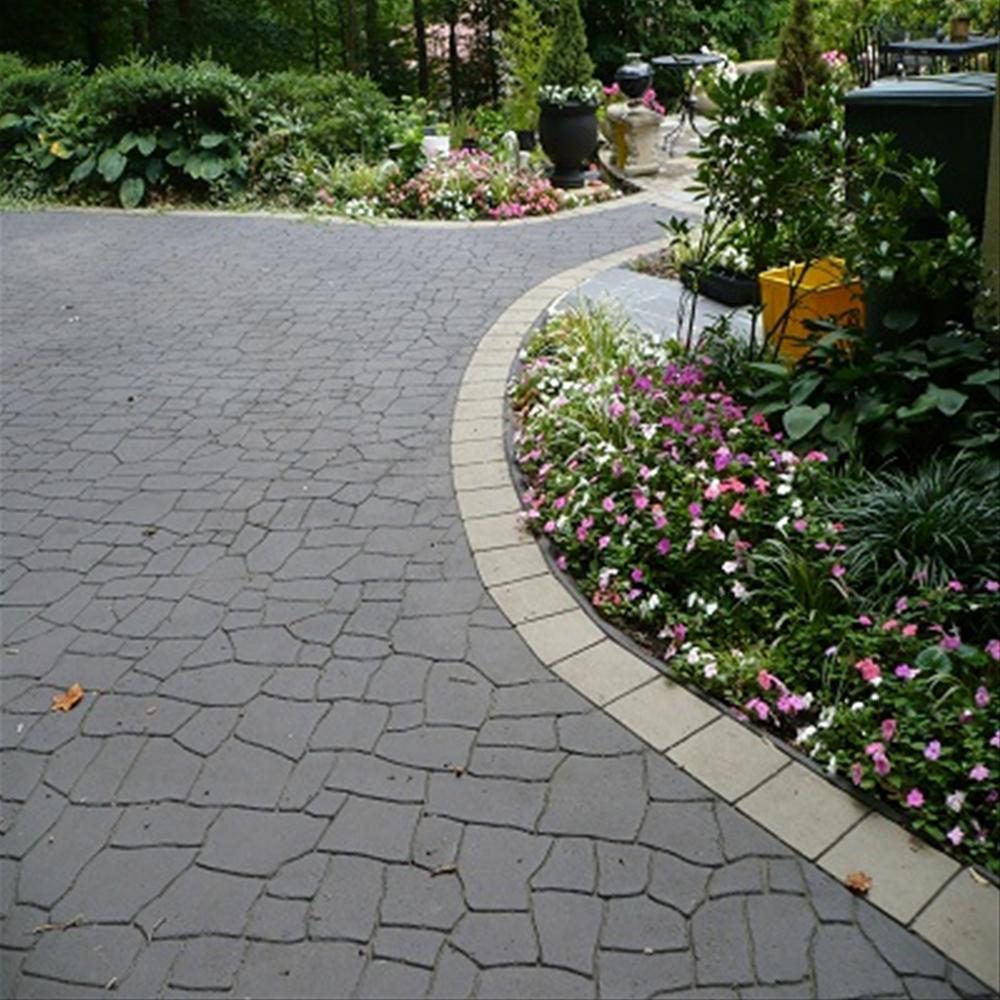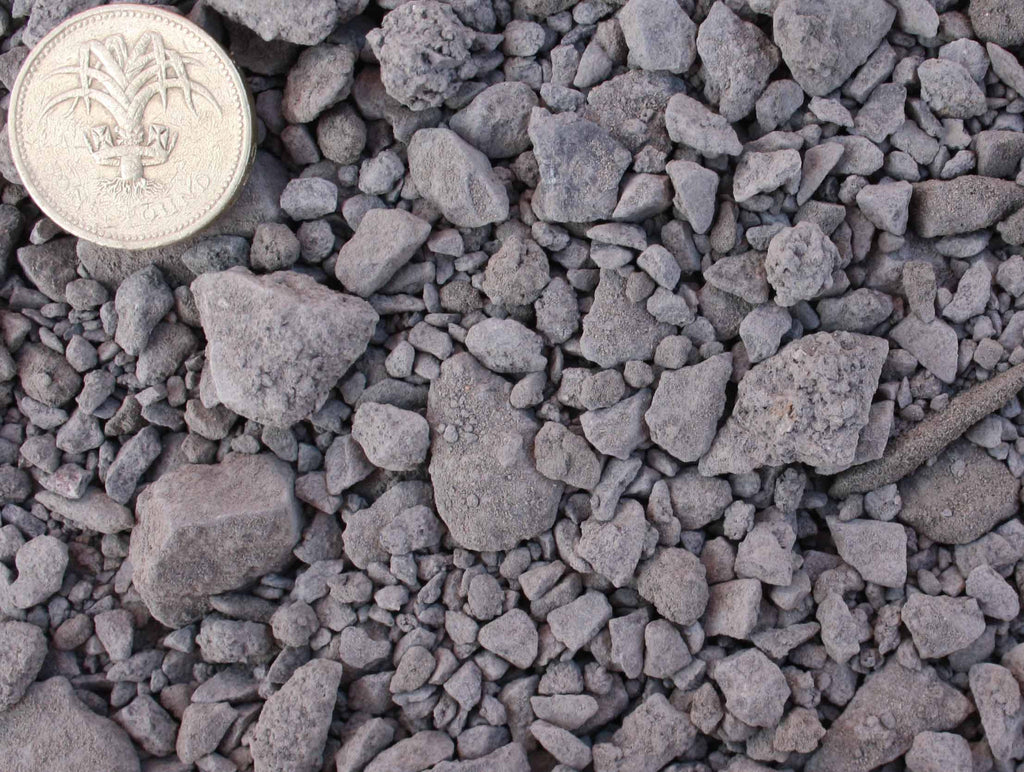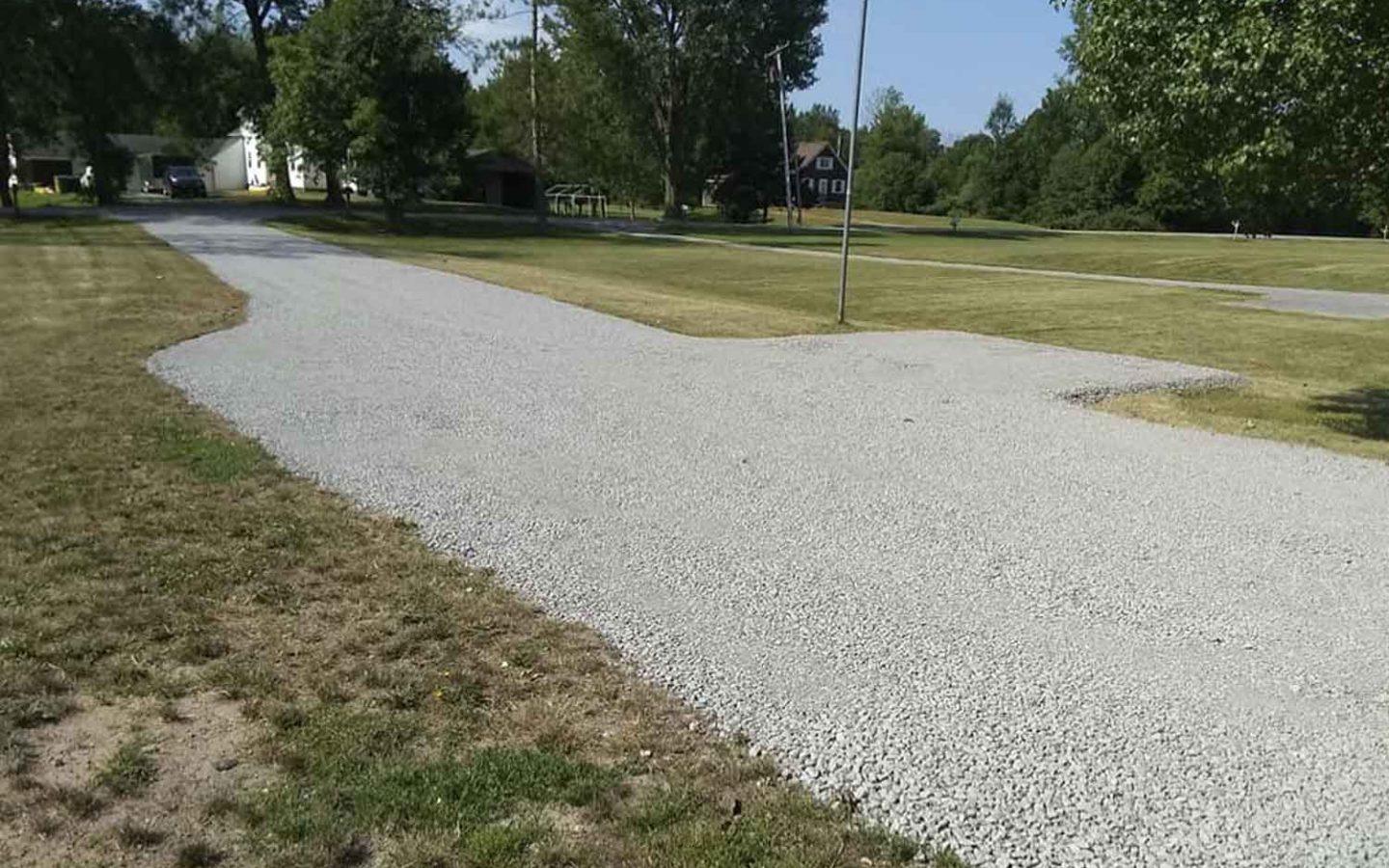

Grades above 5% should be used only where absolutely necessary, but should not exceed 8%. In general, when using crusher fines, grades should be kept as minimal as possible. Quickly and efficiently drain crusher fine surfaces before water can form a concentrated flow across the fines.Grades Prevent concentrated flows of runoff from reaching crusher fine surfaces.ģ. Keep crusher fines from becoming saturated with water.Ģ. The fabric helps prevent fines from mixing with soft soils below and helps control damage from vegetation. Certain clays, organic soils, and high moisture soils require special preparation, such as placement of a geotextile. Underlying soils need to be analyzed to determine soil suitability. Concrete is recommended for areas where erosive flows are unavoidable. Special attention should be given to drainage toensure all water is conveyed away from or underneath the trail. Site Preparationįor Crusher FinesSubgrade, slope, curves, and other components should be designed by engineers to the same standard as a paved trail surface. needed for the length, width and depth of surfacing, and then add 20 to 30% to compensate for compaction.Īlso, consider ordering and stockpiling additional fines for future maintenance since it is often difficult to match the colors and composition from other sources. When determining quantities, calculate the cu. The fines weigh approximately one ton per cubic yard before compaction. The fines cost about $3.00 per cubic yard delivered in the metro area. This compares with $12 to $15 per linear foot for concrete. An 8' wide contractor built crusher fine trail in the Denver area costs between $4 and $5 per foot, not including the cost of site preparation and infrastructure such as retaining walls, and bridges. If the gradation of crusher fines does not meet the 6% passing the #200, clay fines may be added and mixed with the aggregate to do the job.Ĭrusher fines are not expensive, but the cost of delivery can equal or exceed the cost of the material. The ideal particle size distribution is one where there are enough small particles to completely fill the voids between the larger ones. Fines from granite or other suitable hard stone works best.

Particle size for crusher fines on trails should be 3/8" minus. The fines, when laid to a depth of 4 to 5 inches, should bind to each other in a consolidated slab which is porous yet resistant to water falling on the surface. The crushed rock must have adequate fines and some natural binders in order to cement the particles together after the fines are moistened, compacted, and allowed to dry. Rounded particles like pea gravel or decomposed granite never mechanically lock together. The more angular the particles, the better. The rock must be crushed into irregular and angular particles to allow interlocking into a tight matrix.

Tradeoffs may need to be made between the surface smoothness and erosion resistance, between colors and rock types, and between choice and availability. Selection of Crusher Fine MaterialĬrusher fines are available in various stone types, colors, and particle sizes, but not all crusher fines are suitable for trails. Crusher fines are highly susceptible to washouts from running water, particularly if fines become saturated such as during spring snowmelt. Water, drainage, existing soil types, and the types of usage are the primary considerations for designing and constructing crusher fine trails. Water running down the slope gathers on the crusher fines trail because of insufficient cross slope of the trail. Generally, crusher fine trails are more suitable to mountain bikes than road bikes, and may cause some difficulty for the physically-challenged. The natural gravel-like surface feels more like a trail than a hard surfaced path and fits in well with primitive settings.Īn excellent alternative for medium to high use trails, crusher fines can be used for mountain bike paths, hiking and running trails, and when properly constructed, for accessible trails. With proper subgrade preparation and drainage, the crusher fines trail should remain stable for many years in all weather conditions.Ī crusher fine trail combines the rustic feeling of a natural surface trail with a surface type that's durable (but not concrete or asphalt). To make a good trail surfacing material, they should have a range of particle sizes from a fine dust up to a specified 3/8" maximum particle size. Generally, they are the leftovers from rock crushing operations, but at times the rock can be ground especially to make the crusher fines. (photo credit: Stuart Macdonald) What are crusher fines?Ĭrusher fines are small particles of crushed rock. Crusher fines trail lined with native rock Lomaki Wupatki National Monument, AZ.


 0 kommentar(er)
0 kommentar(er)
